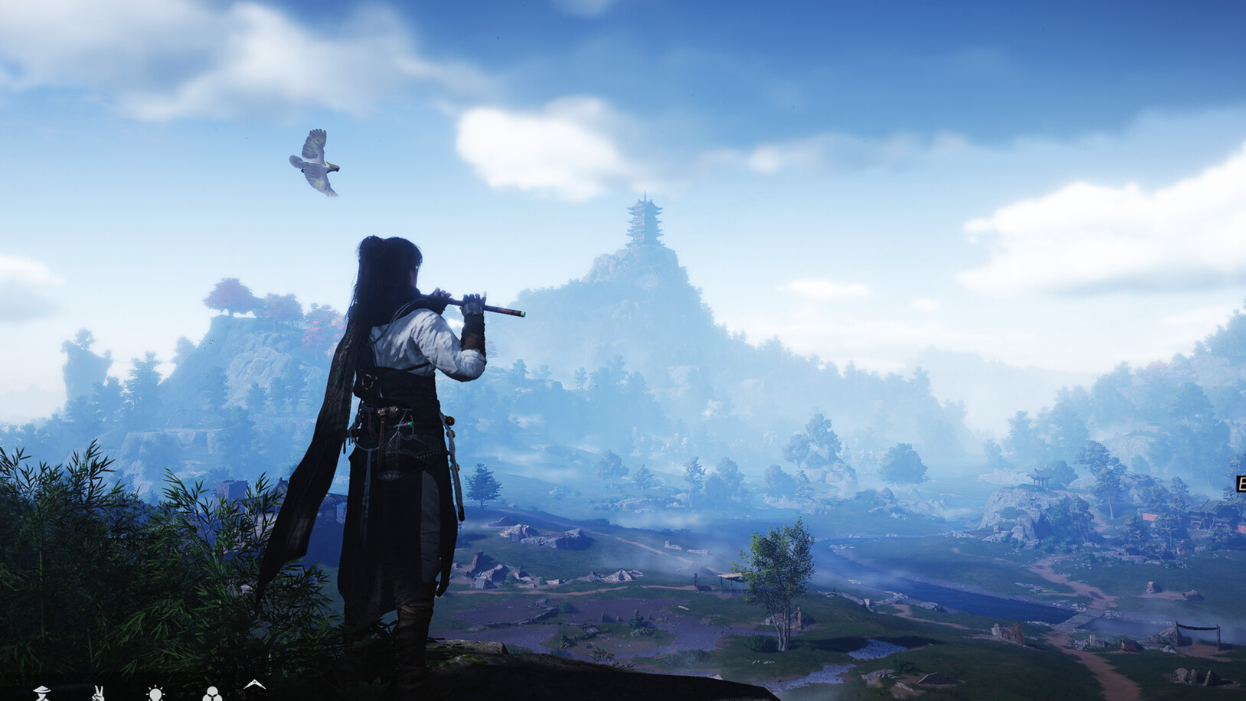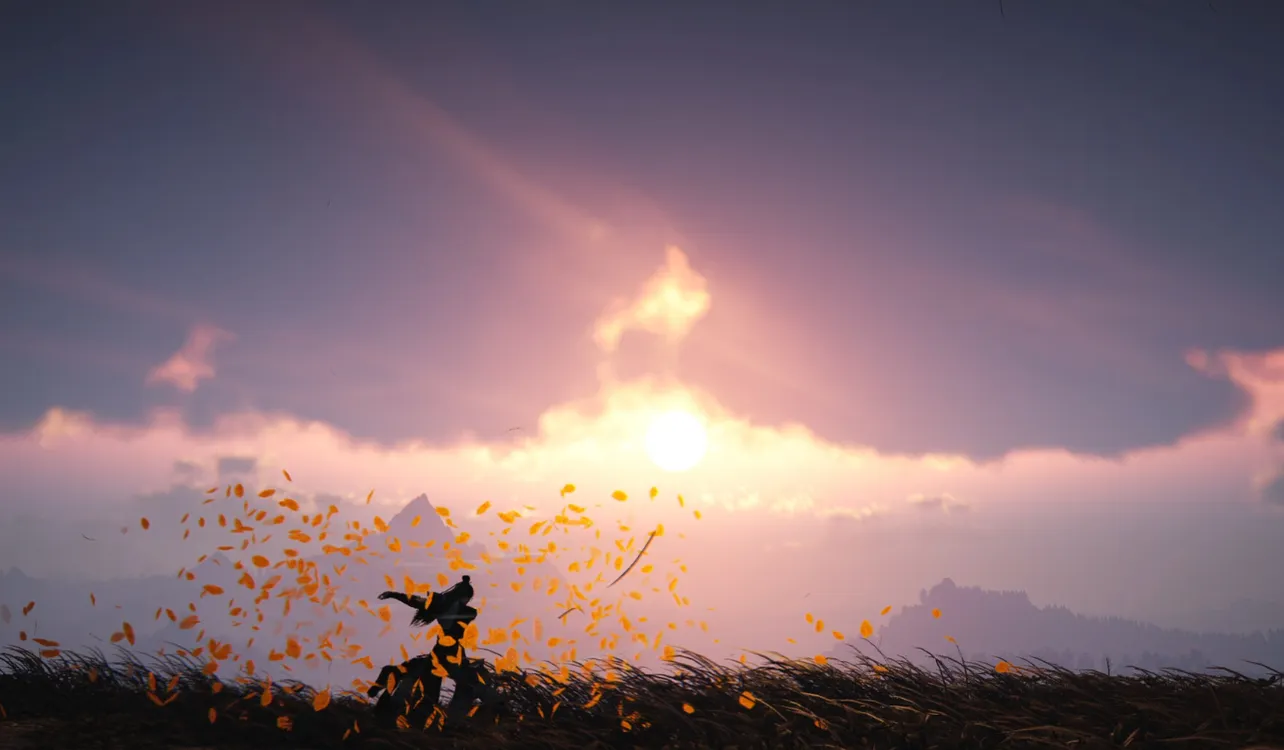Open-world scope is hard to pin down with a single number, but Where Winds Meet gives a few clear signposts. The developers set an early baseline of more than 20 square kilometers for the first version of the map, and the game now frames its world as 20+ distinct regions with thousands of points of interest, spanning dense cities, wilderness, temples, and tombs. That combination—an initial footprint plus ongoing expansion—matters more than a headline figure if you want to understand how big the game really feels.
Map size: more than 20 km² for the first version
The earliest public figure for Where Winds Meet’s world was “larger than 20 square kilometers” for the first version. That baseline included a major urban hub (Bianjing City), a large wild area, and several smaller towns. The team also emphasized that the world was designed in three dimensions—with underground spaces and altitude—so horizontal kilometers only tell part of the story. Expect the map to feel bigger than a flat measurement suggests once you factor in vertical exploration.

From one big map to 20+ regions
Since that initial milestone, the game has organized its world into more than 20 unique regions. In practice, that means you’re moving through clearly defined zones—historical city districts, countryside and forests, hidden temples, cave networks—rather than one continuous plate of terrain. The developers highlight “thousands of points of interest,” which helps explain why the map rarely feels empty even as you cross long distances.
What’s actually inside the world
Scale is only useful if it’s populated. Where Winds Meet leans on a few pillars to fill its space:
- Large, historically inspired cities with dense neighborhoods and indoor spaces.
- Wilderness areas that layer exploration, environmental puzzles, and combat.
- Hidden locations—tombs, temples, and interiors—that add vertical and underground routes.
- Dynamic elements: time of day and weather shift how spaces look and who you meet.
This structure balances long traversal stretches with short, discovery-heavy loops as you move from hub to hub.
Traversal tools change how big the map feels
The game’s traversal options are designed to compress travel time without breaking immersion. You can run and wall-run across rooftops, glide to cover long gaps, ride a horse for overland travel, and use fast travel between key locations once you’ve been there. That mix keeps the cadence of exploration brisk even when you’re crossing entire regions.
Solo, co-op, and a shared evolving world
Where Winds Meet supports narrative-focused solo play, online co-op with up to four players, and access to a shared, evolving world with large-scale activities. That shared layer is relevant to map size because it drives continued additions over time—new activities and areas keep the frontier moving outward rather than freezing the map at its initial footprint.

Core map facts
| Map aspect | Details |
|---|---|
| Stated area (first version) | More than 20 km² |
| World structure | 3D design with underground spaces and altitude |
| Major hubs | Bianjing City plus several smaller towns |
| Wilderness | One large wild area, plus forests and rural routes |
| Regions | 20+ unique regions, thousands of points of interest |
| Traversal | Parkour and rooftop running, gliding, horse riding, fast travel |
| Play modes | Solo, online co-op, shared evolving world |
How to think about “20 km²” in 2025
That first-version figure sets a baseline, not a ceiling. As new regions and activities arrive, the map’s practical size grows in two ways: outward (more land to cover) and inward (more density inside existing regions). The result is a world that’s large on paper and, more importantly, busy in play—whether you’re threading a city alley, diving into a tomb, or gliding between rooftops.
In short, the map started big and has been built to keep getting larger and denser. If you care more about what you’ll do between markers than the number of square kilometers, that’s the right direction.


